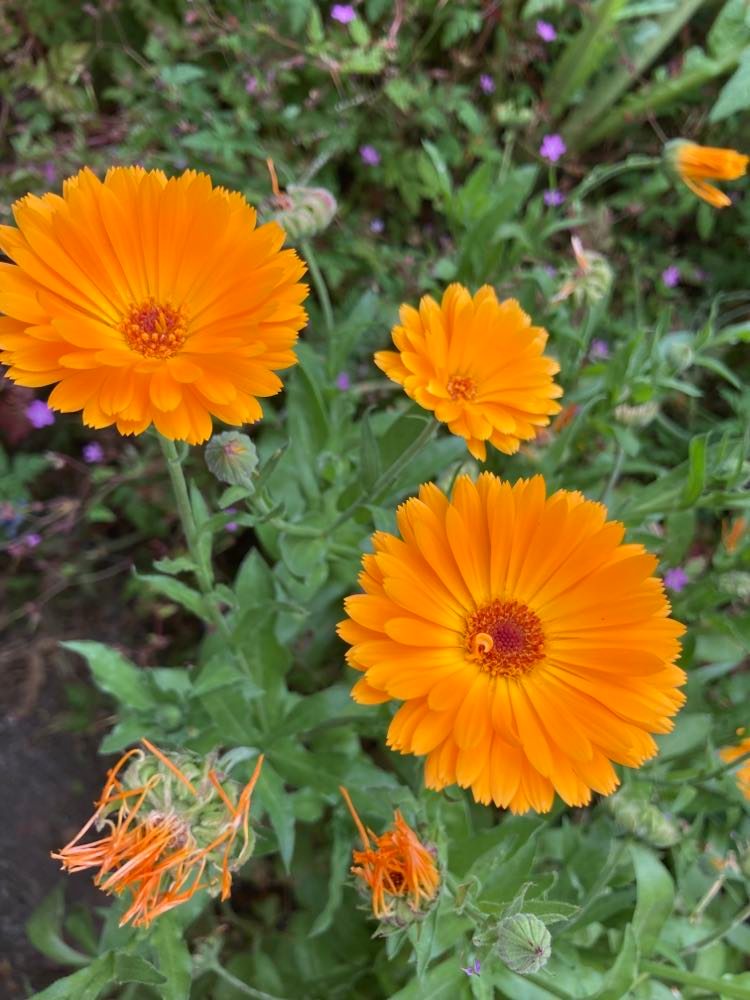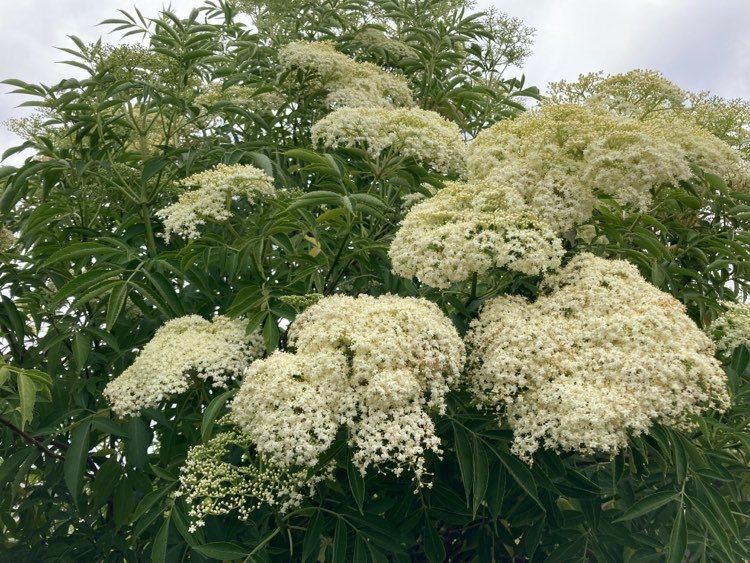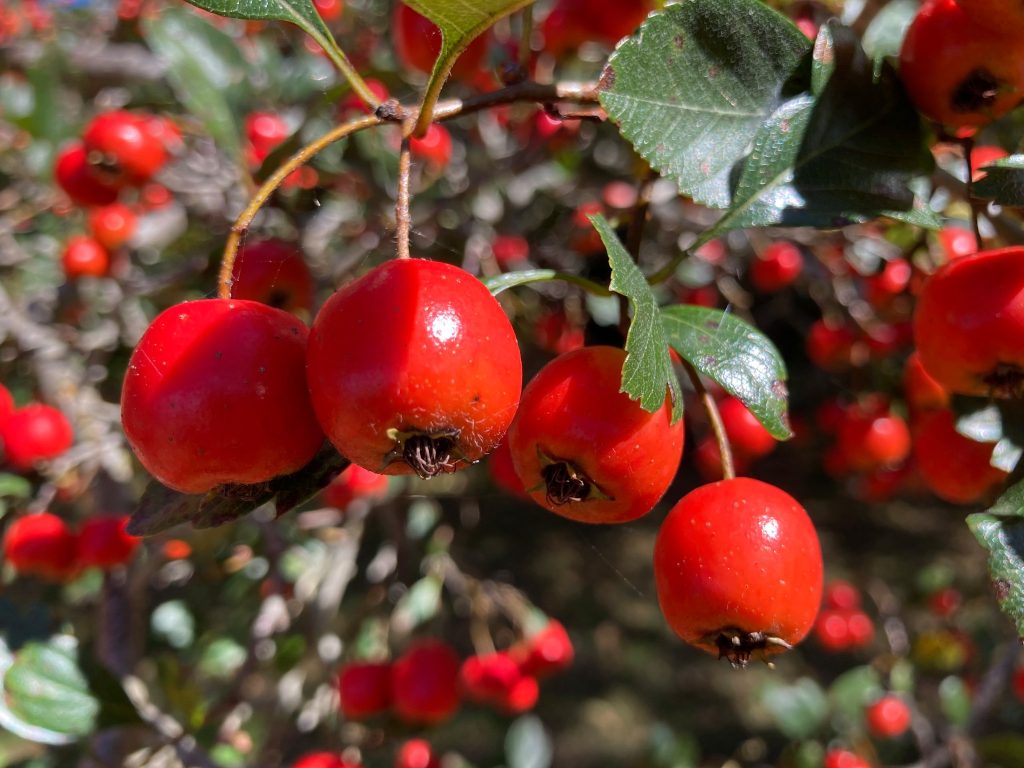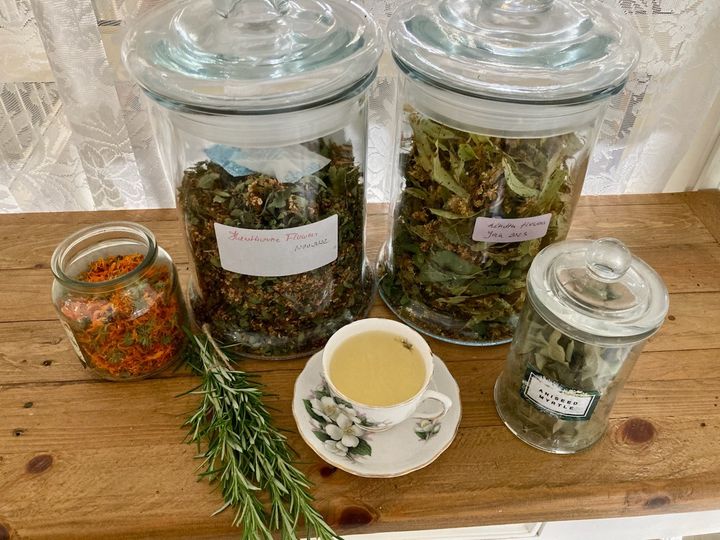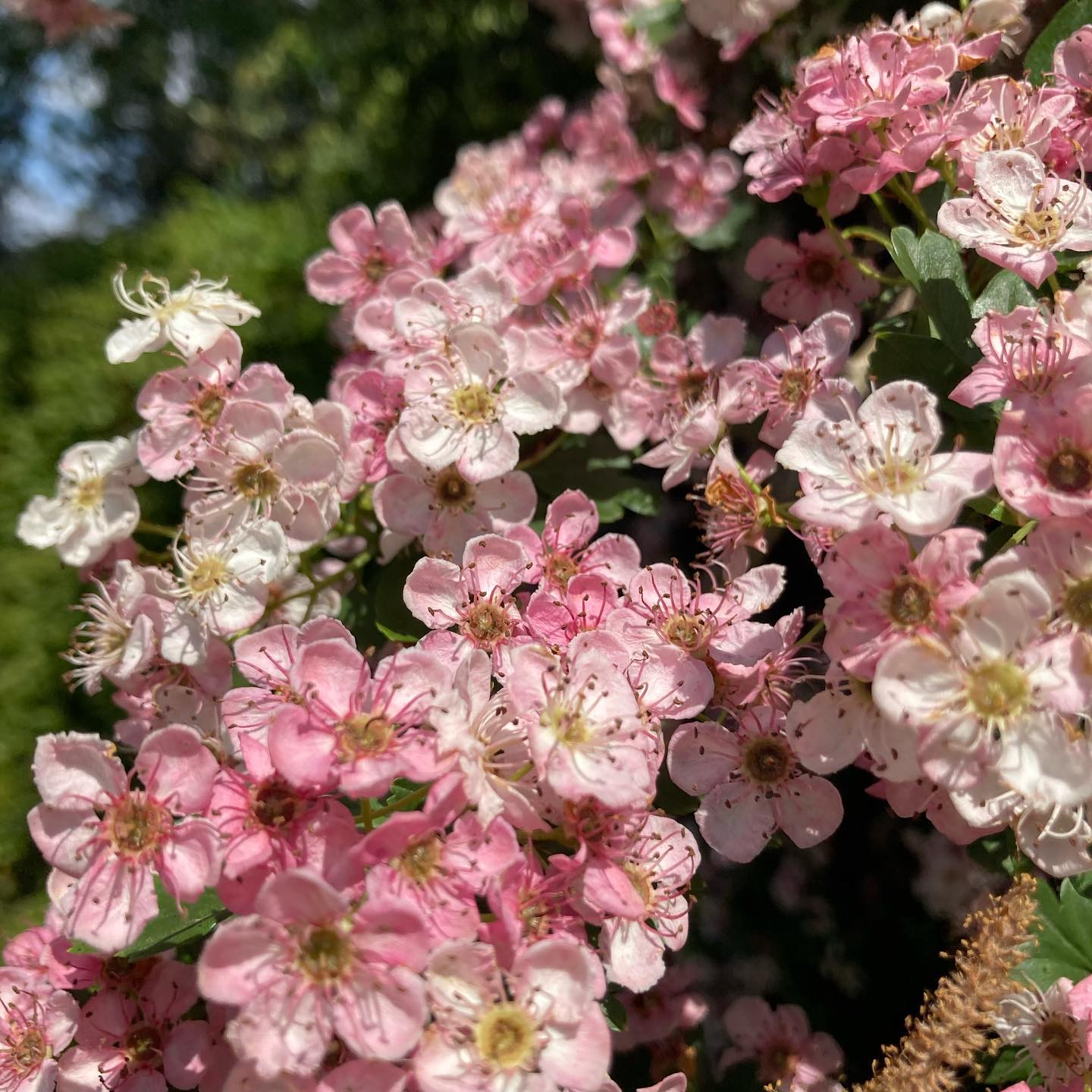
It will be 3 years since I moved to the magical Southern Highlands from Sydney. I have visited Southern Highlands countless times before that as a tourist, to go hiking, or to see local amazing private gardens and the countryside.
After over 20 years of practicing naturopathy and herbal medicine in Sydney, I have moved my Clinic to the Southern Highlands. I am astonished with the abundance of medicinal and culinary plants growing in the Southern Highlands country side and in people’s private gardens. I have widely expressed my fascination with the local landscape, nature, medicinal and culinary plants, and gardeners’ paradise in my blogs and on social media posts.

Plantago lanceolata, Plantain (Ribwort) is growing everywhere here, including the Berrima River Walk
This blog is the result of many requests from my patients and friends not only in the Southern Highlands but beyond.
Consider wild crafting
I often go for the Berrima River Walk and so far I have counted over 20 medicinal plants growing there, some even culinary. I also have noticed that Cherry Walk at Bowral has a different medicinal species. When I go hiking in the nature reserves or national parks of NSW or Victoria I see a lot of western herbal medicinal plants as well. Nature has provided us with an abundance and we should take advantage of it.
The Western herbal medicine plants have been introduced to the area by early settlers from Europe and many species are invasive, like St John’s Wort for instance. But what an amazing medicinal plant St John’s Wort is. All those plants are far away from their original home, but so are potatoes, grapes, or apples.
By wild crafting you are not only keeping those plants under control but you get a quality free herbal medicine as long as you harvest them from non-sprayed
Growing your own culinary and medicinal plants
People ask me all the time, “What culinary herbs and medicinal herbs can I grow in the Southern Highlands or where they live?” By Culinary herbs are also medicinal plants. That concept has become deeply rooted in Indian, Asian and other countries’ cultures.
There are many factors to consider when you plant culinary or medicinal plants:
1.How much land do you have or you are prepared to dedicate?
Even if you rent a house or own a house or with a little of backyard, you can still grow some culinary and medicinal plans. Some people in Sydney plant vegetables vertically on their balconies, and in the Southern Highlands there is no limit to what they can grow in cold climate.
2. What is your cultural culinary background?
Our ethnic background often determines our culinary preferences. But since 1970th that has changed and Australians became fascinated with spices from all over the world like ginger, turmeric, galangal and lemon grass, just to mention a few.
3. What food do you cook ( European, Asian or Indian)?
As the result of international culinary influences in Australia, people have increased their herbs (spices) repertoire. You may need to grow more basil if you like making fresh pesto or more parsley if you like to make their own tabbouleh salad.
4. How much time do you have to grow herbs?

Borago Officinalis, Borage flowers and young leaves are edible in salads. Favorite flowers for local bees.
Growing culinary plants and herbs requires some effort, and there is a narrow window for harvesting. Coordination of all those tasks is important, otherwise the herb will not be of the finest quality.
5. What is your knowledge of culinary and medicinal plants in term of soil pH, water requirements and sun, and companion planting?
If you are new to growing culinary or medicinal herbs, do some research first and start from herbs that you are already buying from a local supermarket. Your own grown produce will be organic, fresh and when you need it.
6. How are you going to use culinary or medicinal plants and how long for?
This is where you need to thread carefully as prolonged use of herbs (fresh or dry, have a therapeutic impact). Please let your naturopath, herbalist, a GP or a specialist know want herbs do you take. Most GPs/specialists do not receive training in herbal medicine, however, there are many software applications where your allopathic medical professional can check for interactions and contraindications. You also need to be absolutely sure that you grow a medicinal plant, not a cottage garden hybrid.
7. Do you know how and when to harvest herbs?
Herbs are the most potent before flowering. Depending on a quantity of herb, you either tie them up with a string and hang away from natural light. The best time to harvest herbs in on a hot and dry day, after sundew has dried. In the Southern Highlands and not only the wet weather can spoil any crop and result in mould and bacterial growth. Therefore, I suggest to dry herbs in a dehydrator and seal promptly .
8. Do you know how to preserve and store herbs?
Put smaller quantity in airtight glass containers away from direct light. You should have only enough of herbs to last you for just one year.
9 What is your knowledge of medicinal /culinary herbs?
If you are new to growing herbs, and until now you we only buying herbal teas or dried culinary herbs from a shop, I suggest taking it slowly. As you gain your confidence, you will see your pantry filing with freshly dried fragrant herbs like coriander seeds, oregano, mint or dill.
10. What medicinal plants are already growing in the area?
Look around what growth in your area, and as I mention there is plenty if you know how to identify them. Your friends may have an Elderflower or Verbena shrubs. We can swap an excess of some culinary herbs from your garden for another herb with your neighbors.
At no time, you will get hooked on this idea of growing and using your own culinary herbs and making a simple cup of herbal tea from your own garden.
If you would like to know more about how the DH-Natural Medicine Clinic can help you, please call us now on (02) 4854 0205

Danuta Hulajko is a naturopath , holistic practitioner, international speaker, and the founder & practitioner at the DH Natural Medicine Clinic and www.healingremedies.com.au in the Southern Highlands
Danuta specialises in Allergies, Anti-Aging, Auto-Immune Conditions, Cardiovascular Conditions, Female Reproductive, Menopause, Mould Toxicity, Skin Conditions, Stress and Insomnia and Thyroid Dysfunction.
For more information please go to our website. You can also follow Danuta Hulajko’s work, events, seminars, expos, latest health research, her health tips and advice on Facebook, LinkedIn and Instagram.

